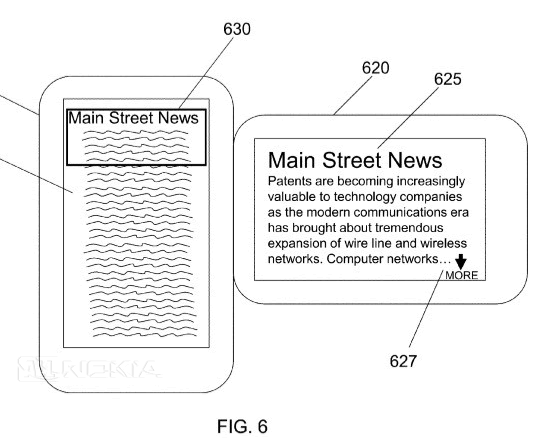After the sale of the Nokia device manufacturing business in 2013, fans of this brand still continued to hope that their favorite devices would return to the market. And finally, in 2015, the triumphant return of the brand, long ago become a classic in the world of mobile devices, was announced.
In the summer of 2016, two new products were announced for sale. These are smartphones that will be equipped with one of the most powerful Qualcomm Snapdragon 820 processors. The diagonal of the screen of the first device will be 5.2 inches, the second - 5.5. QHD resolution will be able to boast of both models.
To this pleasant news added a message about the new patent, received by Nokia. The idea realized in it is based on combining several screens of phones to create one common display.

This unusual development has been registered as a patent for an industrial design by Nokia. The application took place in 2015. Recently, the official patent was received by Nokia Technologies in early November.
Every year, mobile devices are getting smaller, lighter, thinner. At the same time, their functionality is growing, expanding, striking users with new amazing features. However, with such opportunities, often the inconvenience creates a small screen device.
The new Nokia solution allows you to combine the displays of several devices into something whole. Using special software, users can combine their screens when they touch phones. Information on one screen will be related to what is displayed on the other.

It is not known when exactly this idea will be realized. However, the fact that the patent is still received, says that the work is underway and the result is likely to please fans of Nokia and its products.
There is an opinion that such development is devoid of meaning, since the screens in the devices become more and more and practically do not constrain the user's actions. In addition, the publication of one of the folding screens patented by other companies is likely to be just around the corner. All this suggests that Nokia developers were a bit late and their innovation will not produce the expected effect. However, it is early to make assumptions and premature conclusions.






